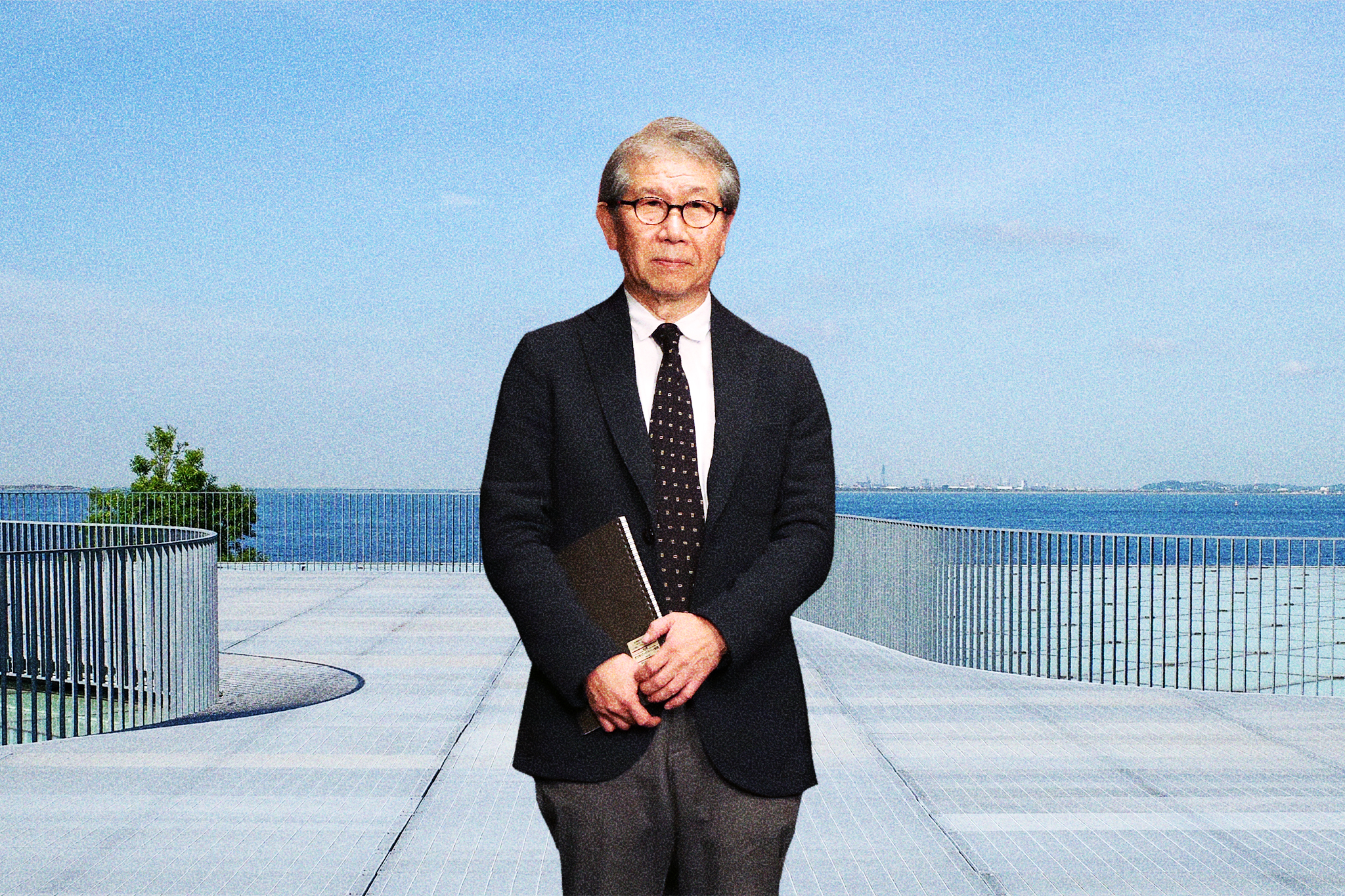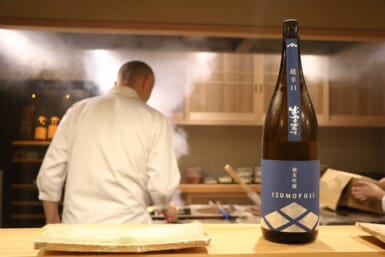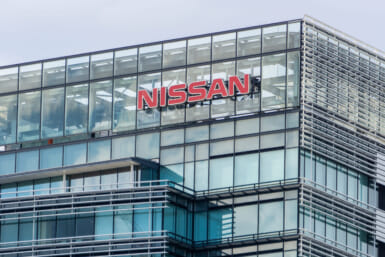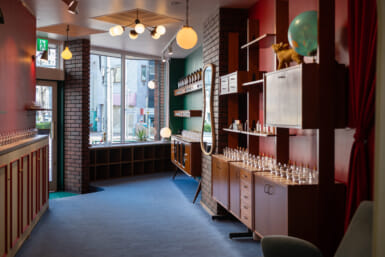On Tuesday, Japanese architect Riken Yamamoto was named as the surprise recipient of this year’s prestigious Pritzker Architecture Prize. He is the ninth Japanese to become a Pritzker laureate. No other country has produced more winners. According to Alejandro Aravena, chair of the prize jury and a former recipient himself, Yamamoto is “a reassuring architect who brings dignity to everyday life.” He added: “Normality becomes extraordinary. Calmness leads to splendor.” According to the official prize jury statement, “His constant, careful and substantial attention to community has generated public interworking space systems that incentivize people to convene in different ways.”
Riken Yamamoto: A Short Bio
Born in Beijing in 1945, Yamamoto grew up in a traditional machiya in Yokohama. At the front of the house was his mother’s pharmacy. “The threshold on one side was for family, and on the other side for community. I sat in between,” he once said. At 17, Yamamoto had what he describes as his “first experience with architecture,” when he visited the ancient Kofukuji Temple in Nara and was particularly captivated by its five-storied pagoda. Another source of inspiration for him was the 1970 Osaka International Exposition. He established his practice, Riken Yamamoto & Field Shop, three years later.
In the early years of his career, Yamamoto drove across Europe as well as Central and South America with his mentor, Hiroshi Hara, to see how villages lived and to gain a better understanding of local communities. He also visited India, Nepal and Iraq, where he observed the interrelation of public and private spaces. These expeditions heavily influenced his works, including his first project: the private residence Yamakawa Villa in Nagano Prefecture, which is located in the woods and has no walls. Yamamoto, who defines community as a “sense of sharing one space,” feels modern structures alienate people from their neighbors.
Yamamoto’s Most Famous Buildings
In the past five decades, Yamamoto has embarked on a variety of projects ranging from private residences to university buildings. Some of his most renowned works include Future University Hakodate in Hokkaido, the Yokosuka Museum of Art in Kanagawa Prefecture, a set of buildings called The Circle at Zurich Airport and the Pangyo Housing complex in Seongnam, near Seoul, which has been praised for reducing isolation among single residents. “I am not very good at design,” wrote Yamamoto in his own foreword to his 2012 monograph. “I am well aware of that. However, I do pay careful attention to what is around me. By what is around me, I mean the surrounding environment, the existing local community, circumstances in contemporary society.”









